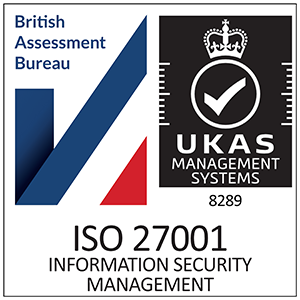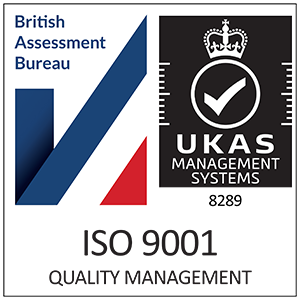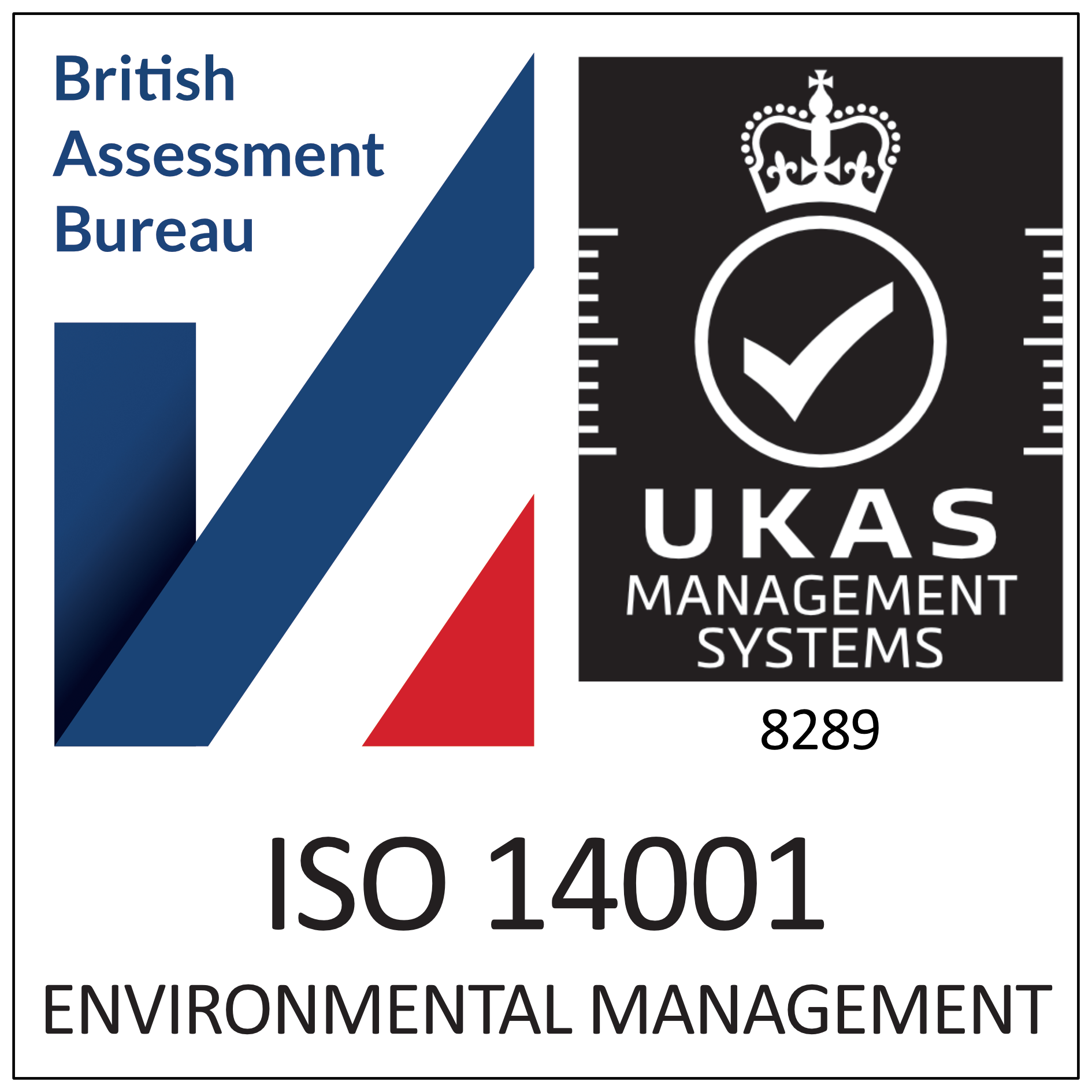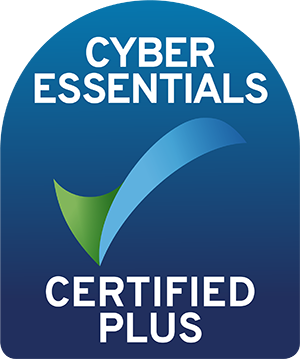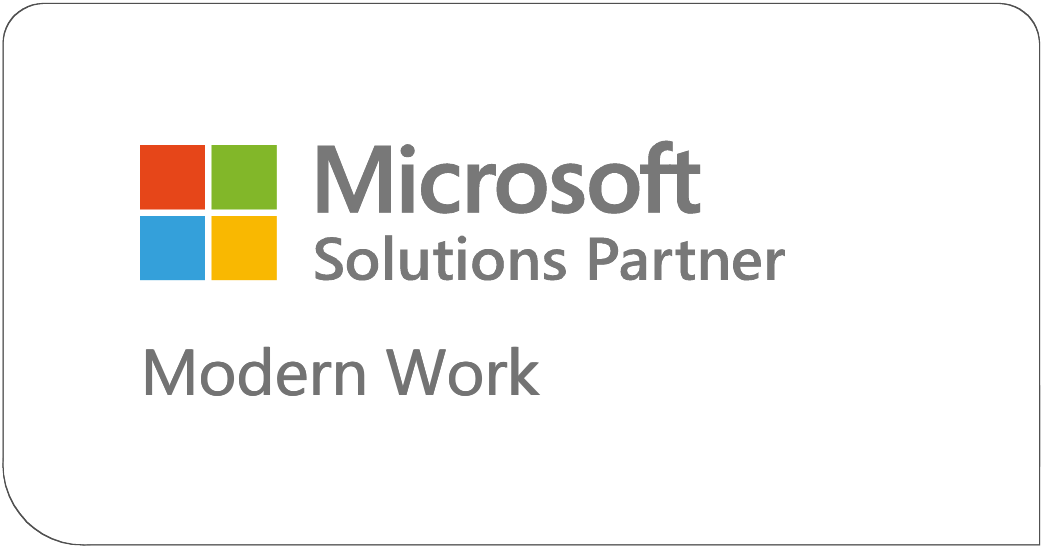As we stand at the precipice of 2025, the digital landscape continues to evolve at an unprecedented pace. Organisations across all sectors are facing the imperative to adapt, innovate, and thrive in an increasingly technology-driven world. This white paper presents an extensive roadmap for developing and implementing a robust IT strategy that not only addresses current technological needs but also anticipates future challenges and opportunities.Global IT spending is projected to surpass £3.9 trillion by 2025, underscoring the critical importance of strategic technology investments. In this dynamic environment, a well-crafted IT strategy serves as the cornerstone of business success, driving innovation, enhancing operational efficiency, and maintaining a competitive edge.
Introduction: The Imperative of Strategic IT Planning
Digital transformation is reshaping industries at breakneck speed, the significance of a comprehensive IT strategy cannot be overstated. Businesses face a complex array of technological challenges and opportunities, from the rise of artificial intelligence and machine learning to the increasing sophistication of cybersecurity threats.This white paper aims to provide a detailed framework for crafting an IT strategy that aligns seamlessly with organisational goals, leverages emerging technologies, and ensures adaptability in a rapidly evolving digital landscape. By following the guidelines presented here, companies can position themselves at the forefront of innovation, driving growth and maintaining resilience in the face of technological disruption.
Comprehensive Assessment of the Current IT Landscape
Inventory of Existing Assets
The foundation of any effective IT strategy lies in a thorough understanding of the current technological ecosystem. This involves a meticulous cataloging of all hardware, software, and network systems currently in use across the organisation. Key steps in this process include:
- Hardware Audit: Document all physical computing devices, from servers and workstations to mobile devices and IoT sensors.
- Software Inventory: Compile a comprehensive list of all software applications, including versions, licenses, and usage patterns.
- Network Infrastructure Assessment: Map out the entire network topology, including both on-premises and cloud-based components.
Efficiency Analysis
Once the inventory is complete, the next crucial step is to analyse the efficiency of the existing IT infrastructure. This involves:
- Performance Metrics: Gather data on system performance, including response times, uptime, and resource utilisation.
- Bottleneck Identification: Pinpoint areas where technological limitations are impeding business processes or user productivity.
- Redundancy Evaluation: Identify any unnecessary duplication of systems or data that may be leading to inefficiencies.
Stakeholder Input
A holistic view of the IT landscape requires input from across the organisation. This involves:
- Cross-Departmental Surveys: Conduct in-depth surveys with representatives from various departments to understand their specific IT needs and pain points.
- User Experience Feedback: Gather insights from end-users about their day-to-day interactions with IT systems.
- Executive Perspective: Engage with senior leadership to ensure IT strategies align with overarching business objectives.
IT Audits and Performance Reviews
Leveraging professional IT audits or performance reviews provides an objective baseline for strategy development. These assessments offer:
- Security Vulnerability Assessments: Identify potential weak points in the organisation’s cybersecurity defenses.
- Compliance Checks: Ensure all systems meet relevant industry standards and regulatory requirements.
- Efficiency Metrics: Quantify the performance of current IT systems against industry benchmarks.
Defining SMART IT Objectives
The SMART Framework
Setting clear, actionable goals is crucial for the success of any IT strategy. The SMART framework provides a structured approach to goal-setting:
- Specific: Goals should be clear and unambiguous, leaving no room for misinterpretation.
- Measurable: Objectives must have concrete criteria for measuring progress and success.
- Achievable: While ambitious, goals should be realistic given the available resources and constraints.
- Relevant: Each objective should align closely with broader business strategies and priorities.
- Time-bound: Clear deadlines create a sense of urgency and focus efforts.
Example SMART IT Goals
- Cybersecurity Enhancement
- Goal: Implement a comprehensive zero-trust security framework by Q3 2025, reducing the number of successful cyber attacks by 75% compared to 2024 levels.
- Measurable Outcome: Track the number of security incidents, time to detect and respond to threats, and overall system vulnerabilities.
- Cloud Migration
- Goal: Migrate 90% of on-premises applications and data to a secure, scalable cloud platform by the end of 2025, resulting in a 30% reduction in IT infrastructure costs.
- Measurable Outcome: Monitor migration progress, system performance improvements, and cost savings over time.
- AI-Driven Analytics Implementation
- Goal: Deploy AI-powered analytics tools across all major business units by Q2 2025, improving data-driven decision-making and increasing operational efficiency by 25%.
- Measurable Outcome: Assess the number of departments utilising AI analytics, the volume of data processed, and the impact on key business metrics.
Embracing Emerging Technologies
Artificial Intelligence and Machine Learning
AI and ML are poised to change business operations across industries. Key considerations include:
- Process Automation: Identify repetitive tasks that can be automated to improve efficiency and reduce errors.
- Predictive Analytics: Leverage ML algorithms to forecast trends, optimize inventory, and enhance decision-making.
- Customer Experience Enhancement: Implement AI-driven chatbots and personalization engines to improve customer interactions.
Edge Computing and IoT Integration
The proliferation of IoT devices and the need for real-time data processing make edge computing a critical consideration:
- Latency Reduction: Implement edge computing solutions to process data closer to the source, reducing response times for critical applications.
- Bandwidth Optimisation: Minimise data transfer to central locations by processing and filtering data at the edge.
- IoT Ecosystem Development: Create a robust infrastructure to support the growing number of connected devices across the organisation.
Zero-Trust Security Framework
In an era of increasingly sophisticated cyber threats, a zero-trust approach to security is essential:
- Identity Verification: Implement continuous authentication measures for all users and devices.
- Micro-segmentation: Divide the network into small, isolated zones to contain potential breaches.
- Least Privilege Access: Ensure users have only the minimum necessary permissions to perform their tasks.
Developing a Flexible IT Roadmap
Milestone Planning
Create a detailed timeline of key objectives and deliverables:
- Short-term Goals (6-12 months): Focus on quick wins and foundational improvements.
- Medium-term Objectives (1-2 years): Implement major system upgrades and process changes.
- Long-term Vision (3-5 years): Align with broader business transformation goals and industry trends.
Resource Allocation
Carefully balance investments between innovation and operational maintenance:
- Innovation Budget: Allocate 20-30% of IT spending to exploring and implementing new technologies.
- Operational Maintenance: Ensure 70-80% of resources are dedicated to keeping current systems running smoothly and securely.
- Skill Development: Invest in training and upskilling programs to ensure staff can support new technologies.
Contingency Planning
Prepare for potential disruptions and pivot points:
- Risk Assessment: Identify potential threats to IT operations and develop mitigation strategies.
- Backup and Recovery: Implement robust data backup and disaster recovery solutions.
- Scalability Planning: Ensure systems can handle unexpected spikes in demand or rapid business growth.
Continuous Measurement and Improvement
Key Performance Indicators (KPIs)
Establish a comprehensive set of metrics to track the success of your IT strategy:
- System Uptime and Reliability: Aim for 99.99% uptime for critical systems.
- Security Metrics: Monitor the number of incidents, mean time to detect (MTTD), and mean time to respond (MTTR).
- User Satisfaction: Conduct regular surveys to gauge employee and customer satisfaction with IT services.
- Cost Efficiency: Track IT spending as a percentage of revenue and compare to industry benchmarks.
- Innovation Index: Measure the number of new technologies successfully implemented and their impact on business outcomes.
Regular Reviews and Adaptive Management
Implement a structured process for ongoing strategy refinement:
- Quarterly Reviews: Conduct in-depth assessments of progress against KPIs and adjust short-term plans as needed.
- Annual Strategic Planning: Perform a comprehensive review of the IT strategy, aligning with updated business goals and emerging technologies.
- Continuous Feedback Loop: Establish channels for ongoing input from users, stakeholders, and IT staff to identify areas for improvement.
Conclusion
As we navigate the complex digital landscape of 2025 and beyond, a well-crafted IT strategy is not just an advantage—it’s a necessity for business survival and growth. By following the comprehensive framework outlined in this white paper, organisations can create a robust, flexible IT strategy that drives innovation, enhances operational efficiency, and positions them for success in an increasingly digital world.Remember, the most effective IT strategies are those that evolve alongside your business and the broader technological landscape. Regular reassessment and refinement will ensure your IT investments continue to deliver value well into the future, keeping your organisation at the forefront of digital innovation and competitive advantage.

